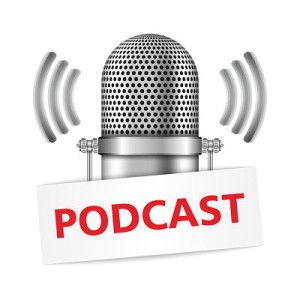What does your welcome mat say?
April 19, 2017
 What does your welcome mat say? Several summers ago, I spent some time in Europe with my daughter celebrating her college graduation and even though I was on vacation, I couldn’t help but see things through a marketing lens.
What does your welcome mat say? Several summers ago, I spent some time in Europe with my daughter celebrating her college graduation and even though I was on vacation, I couldn’t help but see things through a marketing lens.
One of the places we visited was Madrid, Spain and neither of us spoke very much Spanish. I was eavesdropping as we did our tourist thing and I would say about 50% of the people in Madrid are from the United States or Canada and spoke English. It was interesting to me to see how different businesses react to the challenge/opportunity of a non-Spanish speaking guest.
Just a note – we try very hard to show our respect for the countries we visit and always learn many of the more common phrases. We address everyone in Spanish in terms of greetings, directions, saying please and thank you, etc. We certainly don’t expect them to Americanize their country, but we are hardly fluent and are very self conscious of that fact.
My point isn’t about communicating in Europe but instead, how some of the business owners have recognized an opportunity to attract more foreign guests by making it clear that they’ll be welcomed and accommodated. And even more to the point – It got me thinking about how we can adopt that same attitude, even if we don’t face a language barrier with some of our potential customers.
Some establishments make it clear by displaying English versions of their menus, by having a large sign that says, ”we speak English” or by hoisting a British flag near their entrance. This was true in the more tourist crowded parts of the city as well as some of the very local pubs, where we were the only non-locals in the joint.
All of this got me wondering – how do we put out welcome mats (or not) for our potential customers?
Identify your outliers: First think about who, beyond your usual customer, might need your services/products. Is there a group of people who are “lingering” outside your door and just need to be invited in? Might they actually be even more grateful for your product or service, if they felt welcome? Imagine what that kind of word of mouth among their peers might be worth to you.
Move the barriers: Could it be there’s a communication barrier of some kind in the way? It may not be a language issue but are you using jargon that tells the novices they’re not welcome? And remember, sometimes it’s what you don’t say that gets in the way. What might make a potential customer pause and re-think “walking through your door?”
Add more welcome mats: Let’s assume you either have a literal front door to your business or your website is your virtual one. How welcoming are they? Do they reassure that fringe audience that you not only can help them but you really want to? Do you have a way for them to see themselves as your customer? That could be anything from a FAQ section that answers their specific questions, testimonials that come from folks just like them or a marketing tool that explains how you onboard new clients so they can visualize becoming one of your best customers.
You know that you want them as a customer. But they may not be as tuned in as you think. If they’re nervous about doing business with you or spending big money or switching from an old vendor – they may need a little positive reinforcement. Or it may be that they feel like an outsider or that they wouldn’t belong.
It’s your job to make sure they know just how much you’d like to help them and make it easy for them to walk in the door.
More









